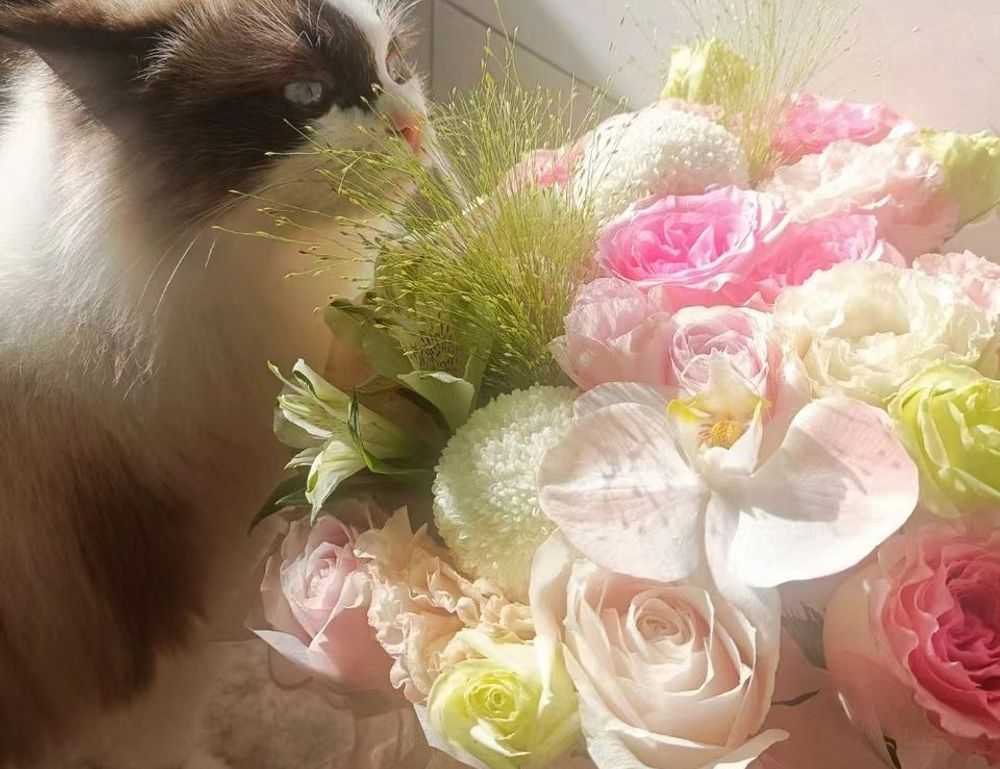The term roarcultable has been making quiet waves among niche communities focused on intentional living, digital minimalism, and authentic brand building. It’s more than a buzzword—it’s a framework, a mindset, and for some, a rallying cry for doing things differently in a hyper-noisy world. If you’ve stumbled across roarcultable recently and wondered what it’s all about, stick around. We’re going to unpack what this concept means, where it’s headed, and how you can bring it into your own work or personal life.
What Is Roarcultable?
To cut through the noise, roarcultable is a coined term that blends “roar,” “culture,” and “table”—symbolizing a space where bold ideas collide with intentional community. It’s not a product or platform in the typical sense. It doesn’t sell hype. It offers structure, rooted in the belief that modern creators, founders, and thinkers deserve environments that prioritize clarity, connection, and creativity over constant hustle.
A roarcultable serves as a philosophical table—a gathering point for people who want to share meaningful work instead of chasing empty engagement. It asks a core question: What would happen if we stopped treating interaction as performance and started treating it as contribution?
Breaking Down the Name
Let’s dissect the name a bit so you can grasp what it stands for:
- Roar: Boldness. Speaking your truth, clearly and loudly—but with substance.
- Cult(ure): A collective mindset. Not a toxic fandom, but shared values and respectful exchange.
- Table: The meeting place. A metaphor for intentional dialogue instead of broadcast.
Stitched together, roarcultable becomes a guiding frame for individuals and groups who aspire to connect on purpose, not by accident.
Why It Matters Now
In 2024, terms like “authenticity” and “community” have become diluted. Everyone claims to offer connection, but most social ecosystems are fragmented and attention-driven. Roarcultable steps in as an antidote—one that demands simplicity and intention in a world that thrives on complexity.
It provides a lens for evaluating what we contribute to conversations, platforms, and even businesses. You don’t need 10,000 followers to have a voice. What you need is a sustainable structure—a roarcultable of your own—that helps you show up consistently and with clarity.
Who’s Using Roarcultable?
Right now, roarcultable is finding its home among independent creators, small business owners, indie media brands, and intersectional think tanks. These are the folks less interested in pleasing the algorithm and more interested in building resilient models for sharing original thought.
A few real-world examples:
- A podcaster uses roarcultable principles to schedule content sprints based on seasons rather than algorithms.
- A slow-growing fashion label organizes monthly Zoom discussions at their “table” to engage directly with customers about sustainability.
- A digital strategist has scrapped quarterly KPIs in favor of intentional project cycles grounded in community feedback loops.
The concept supports customization. While there’s structure, there’s flexibility too. The goal isn’t rigid rules—it’s creating a better rhythm.
What Does a Roarcultable Practice Look Like?
Practicing roarcultable starts with shifting your mindset before rearranging your calendar. Here’s what it often includes:
- Defined creative cycles: Not tied to conventional deadlines but tailored to your values and natural energy.
- Structured space for exchange: Be it a forum, newsletter, or in-person meetup.
- High-signal, low-noise environments: Channels where feedback isn’t diluted by performative engagement.
- Values-based boundaries: Saying yes only to aligned partnerships, clients, or events.
- Shared language: Developing terms and metaphors that help your audience—or team—navigate your space with clarity.
This doesn’t mean ditching all metrics or ignoring external goals. It means designing your time and focus around work that sustains you and actually speaks to others.
Building Your Own Roarcultable
Establishing your own practice can feel vague at first, so it’s helpful to map it out:
- Name your “roar”: What are your non-negotiable philosophies or messages?
- Define your “culture”: Who do you want at the table? What do they value, question, or need?
- Set your “table”: What’s the format? Is it a blog, salon night, workshop, or collaborative journal?
Answering those three questions can be your starting blueprint.
From there, protect what you build. If a tactic doesn’t serve your table’s integrity, it doesn’t belong. If growth means dilution, pause. If fewer views mean deeper connection, lean in.
Why Roarcultable Isn’t Just Another Trend
Here’s why roarcultable holds more long-term potential than flash-in-the-pan frameworks: It thrives outside tech trends, not because it’s anti-tech, but because it’s human-first. You’ll find its lean methods appealing if you’re craving less complexity, more depth—and you’re unwilling to sacrifice originality just to “scale.”
It asks you to own your message, your model, and your corner of the internet or physical world. That’s not a strategy subject to quick burnout. It requires commitment, but it offers longevity.
Final Word
You don’t have to be loud to be heard, but you do have to be deliberate. Roarcultable isn’t a universal answer, but it’s a powerful filter for anyone trying to create in today’s distracted world. If you’ve grown tired of borrowed blueprints and are ready to build something slower but truer, this space might be worth pulling up a chair for.
Keep that question in mind: What’s the sound of your roar when you’re finally speaking from the table that’s yours?
If you’re ready to explore how to design, join, or lead one, take a deeper dive into the roarcultable framework and see where it takes you.


